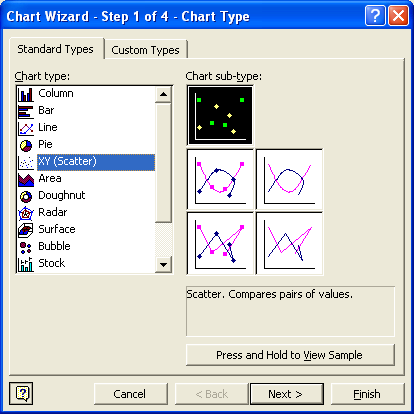

To create a Pie Chart, arrange the data in one column or row on the worksheet.Ī Pie Chart has the following sub-types −Ī Doughnut chart shows the relationship of parts to a whole. The data points in a pie chart are shown as a percentage of the whole pie. Pie charts show the size of items in one data series, proportional to the sum of the items. To create a Line chart, arrange the data in columns or rows on the worksheet.Ī Line chart has the following sub-types − Value data is distributed evenly along the vertical axis.Category data is distributed evenly along the horizontal axis.Therefore, they are ideal for showing trends in data at equal intervals, such as months, quarters or years. Line charts can show continuous data over time on an evenly scaled Axis. To create a column chart, arrange the data in columns or rows on the worksheet.Ī column chart has the following sub-types − Column ChartĪ Column Chart typically displays the categories along the horizontal (category) axis and values along the vertical (value) axis. In this chapter, you will have an overview of the different chart types and get to know the sub-types for each chart type. You can also change the chart type later.Įxcel offers the following major chart types −Įach of these chart types have sub-types.

Based on the type of data, you can create a chart. Excel provides you different types of charts that suit your purpose.


 0 kommentar(er)
0 kommentar(er)
